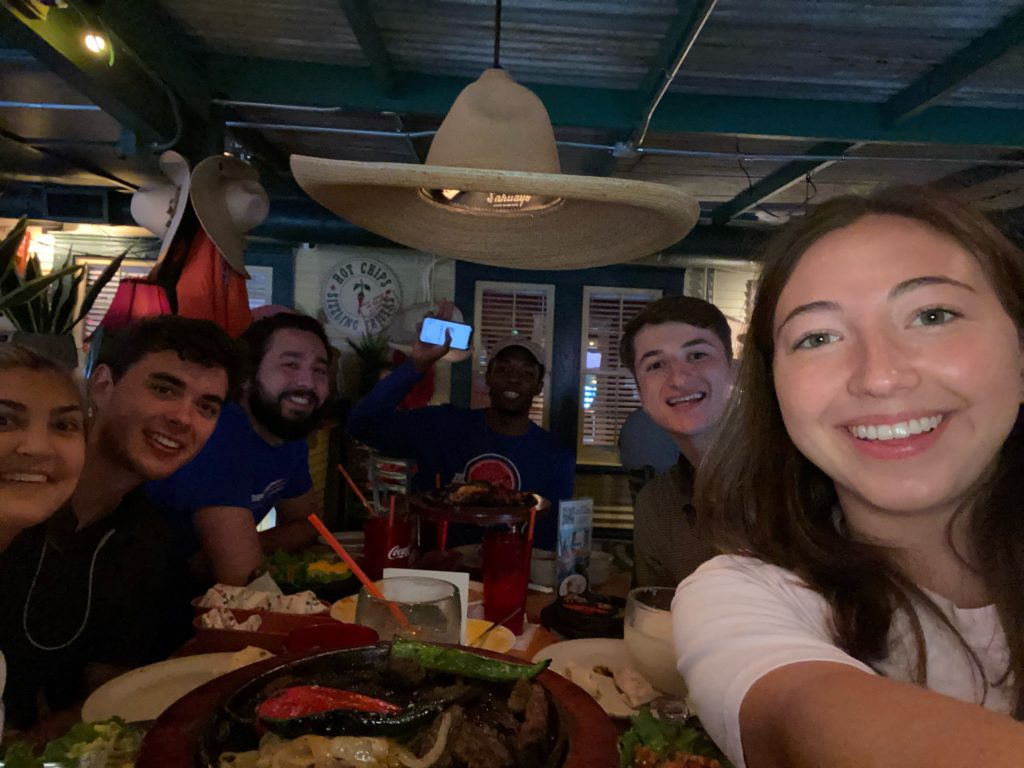Question: How can you get the best results from prospecting?
Answer: By making it a daily habit.
Here are 4 reasons why daily prospecting will benefit you, your sales team, and ultimately, your bottom line.

- Prospecting keeps your pipeline full
- There’s no denying it – inbound leads are usually warm, move through the sales cycle at a favorable pace, and are the lowest hanging fruit in terms of prospects. Unfortunately, for a salesperson who is trying to grow his or her portfolio and increase their number of clients, relying solely on inbound leads is usually not sustainable. There just are not enough of them. A great way to prevent your lead list from running dry is to incorporate a mixture of both inbound and outbound-generated leads. Prospecting = outbound leads. Outbound leads = a full pipeline.
- Doing a little prospecting each day keeps the task manageable and prevents it from feeling “too big”
- Which would you rather clean – one dirty dish or a sink full of dirty dishes? Cleaning one dish is much more manageable than a sink full of them. But, when you stack that first dirty dish in the sink, it becomes tempting to continue stacking and stacking, up until the sink is filled and you have no other choice than to tackle all of them. Wouldn’t it feel better to keep the task small and manageable? Prospecting is no different. By doing a little bit of prospecting each day, you avoid letting the task grow and grow until it feels like a big, time-consuming undertaking.
- Repetition will keep your prospecting skills sharp
- What our parents and coaches told us growing up is still applicable in our adult lives – practice makes perfect. And while “perfect” isn’t necessarily attainable, continued practice will only make you better. Prospecting daily will make you a better prospector – it’s as simple as that.
- Consistent prospecting will give you a leg up on your competitors
- Spoiler alert: just like the thought of prospecting doesn’t make you jump for joy, it also doesn’t make your competitors jump for joy. In fact, tasks that we don’t want to do often get pushed to the bottom of our to-do lists. And we all know what happens to tasks at the bottom of our list – they end up not getting completed! This is a trap that many people inadvertently fall into – and chances are, it’s a trap your competitors fall into. If you want a leg up on your competitors, do not allow yourself to fall into this same trap. Set yourself apart from what others are doing and get ahead of your inbound leads running dry by prospecting every day.
Prospecting is a tool that will take your sales success from average to great. A little bit of prospecting each day will grow and compound, leading to your future success. In the words of Darren Hardy, author of The Compound Effect, “Small choices + consistency + time = significant results”.



